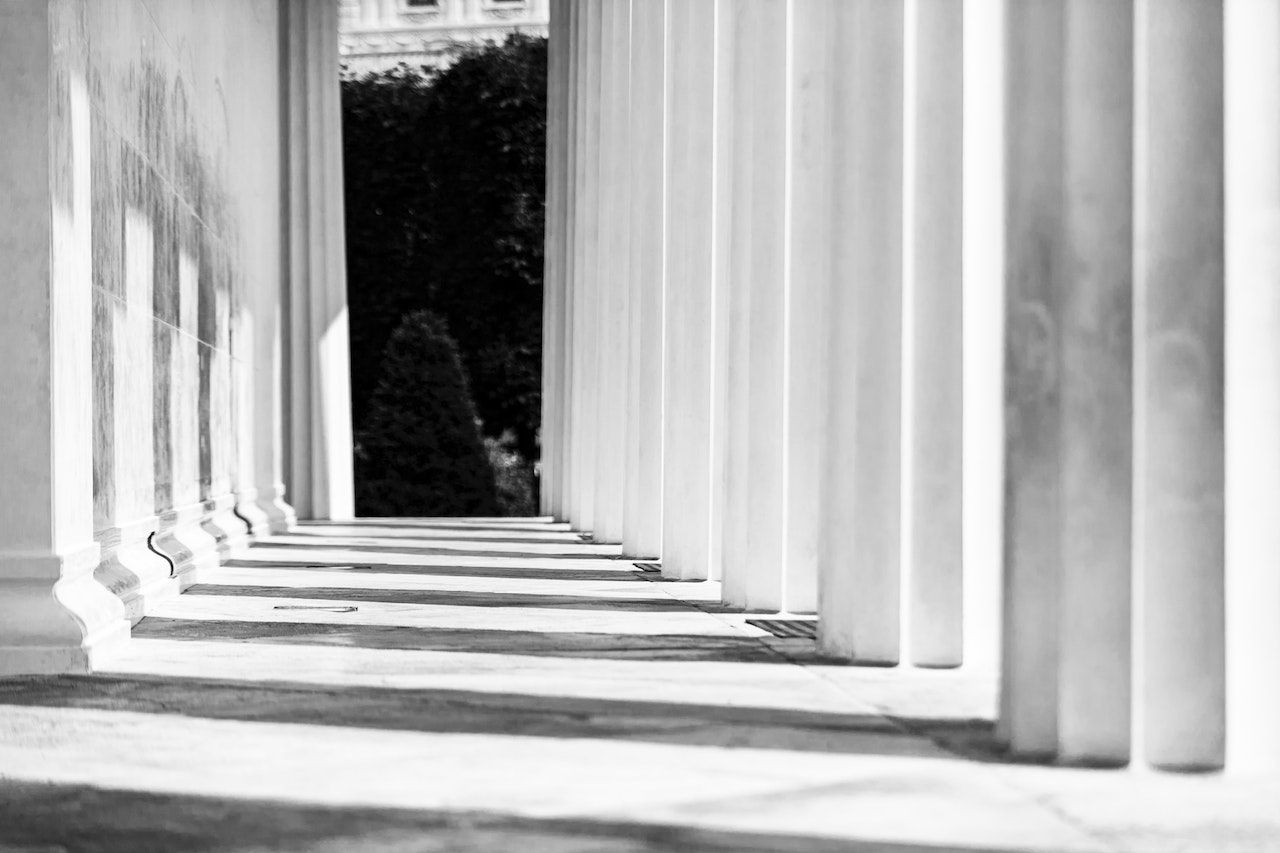Should an Inventor File a "Provisional" or "Nonprovisional" Patent Application?
Nonprovisional Patent Applications
Nonprovisional utility patent applications are perhaps the more-common and well-known type of patent application. In fact, prior to changes in the patent statutes in 1995, this was the only type of utility patent application. However, when patent statutes created the "provisional" patent application in 1995, the common utility patent application was thereafter referred to as a "nonprovisional" patent application.
Upon filing a nonprovisional, the USPTO will assign an application serial number and filing date. The nonprovisional is then forwarded to a group of patent examiners (an "art group") that have expertise and experience with the subject matter of the patent application. An individual examiner will be given the responsibility to search for prior art that is material to the patentability of the subject matter being claimed in the nonprovisional. An "Office Action" is then provided to the inventor or applicant describing any objections and/or rejections of the claims. The inventor or applicant then has the opportunity to respond with remarks or claim amendments intended to overcome the objections and/or rejections. The full scope of patent prosecution is beyond the scope of this article, but it is possible for these events to result in the issuance of a patent.
Nonprovisional Patent Applications: Requirements
(1) A specification that contains a full and clear disclosure of the invention in the manner prescribed by 35 U.S.C. 112(a). Accordingly, the specification must include written description of the invention or discovery and of the manner and process of making and using the same, and is required to be in such full, clear, concise, and exact terms as to enable any person skilled in the art or science to which the invention or discovery appertains, or with which it is most nearly connected, to make and use the same. More specifically, the specification must set forth the precise invention for which a patent is solicited, in such manner as to distinguish it from other inventions and from what is old. It must describe completely a specific embodiment of the process, machine, manufacture, composition of matter or improvement invented, and must explain the mode of operation or principle whenever applicable. The best mode contemplated by the inventor of carrying out his/her invention must be set forth.
(2) Claims describing the scope of legal protection that you want the USPTO to grant to you. While not technically required at the time of filing, it is best practice to always file a nonprovisional with the 20 claims that are permitted for the basic filing fee. Any claims submitted after filing must be fully supported by the specification. When the claims are included at the time of filing the application, there will be no question that the claims are fully supported.
(3) Any drawings deemed necessary for the understanding of the subject matter sought to be patented.
(4) A signed Inventor's Declaration. An inventor's declaration includes a statement that the inventor believes themselves to be a true original inventor of the subject matter being claimed in the patent application and that they acknowledge any willful false statements are punishable under various federal statutes.
(5) Filing fees. Although filing fees can be paid within a short period after filing the nonprovisional, it is necessary to pay the basic filing fee, utility search fee and utility examination fee, as well as any excess claims fees for claims exceeding the standard 20 total claims (including up to 3 independent claims).
Provisional Patent Applications
The option to file a provisional was created by statute on June 8, 1995 for the purpose of providing inventors a lower-cost, first patent filing. The cost associated with filing a provisional is typically less than the cost of filing a nonprovisional because the provisional patent application filing fees payable to the United States Patent and Trademark Office (USPTO) are much lower and there are relaxed requirements for the content that must be included in a provisional application. The most significant reason for the lower cost of a provisional application is, or was intended to be, that the inventor did not need to hire a patent attorney due to the relaxed requirements. The intention behind the statute creating the provisional was that inventors would save money during the early stages of developing their inventions since they could prepare and file their own provisional. However, the specification and drawings of the provisional must still meet the disclosure requirements set out for a nonprovisional.
WARNING: I do not recommend that any inventor prepare and file their own patent application (even a provisional) unless they have had a significant amount of experience with patent prosecution or writing extensive technical documents.
Provisional Patent Applications: Pros (Benefits)
(1) Lower filing fees: The filing fee for a small entity to file a provisional is about $120 (as of January 2023) compared to about $725 to file a nonprovisional (as of January 2023).
(2) No claims are required.
(3) No Inventor's Declaration is required.
(4) No obligation to file an Information Disclosure Statement (IDS) identifying material prior art references known to the inventor
Provisional Patent Applications: Cons (Detriments)
(1) Expires automatically one year after filing.
(2) Never examined.
(3) Not eligible to ever be granted as an issued patent.
The Two-Step: First Provisional, Then Nonprovisional
After reading the above three "Cons" of filing a provisional, you may be wondering why anybody would ever file a provisional that is not eligible to become a patent and expires in only one year. The reason is that the filing of a provisional is only a first step in a two-step filing process.
In the first step, a provisional may be filed for the primary purpose of providing evidence of what was invented and establishing a filing date. The evidence of what was invented is important because it proves the scope of subject matter that the inventor has developed. The filing data is important because, for any patentable subject matter, the USPTO will award a patent to the first inventor to file their patent application. So, in the event that two inventors have separately invented the same subject matter, the first of the two inventors to file their patent application will receive a patent and the second of the two inventors will have their patent application rejected on the basis that the second inventor's invention was already known (i.e., is not new) in view of the first inventor's patent application having been filed first. So, there is a "race to the patent office" and inventors are encouraged to file patent applications as soon as the invention has been fully conceived or developed.
In the second step, a nonprovisional will be filed before the end of the one year life of the provisional AND the nonprovisional must include a "priority claim" to the provisional. The priority claim may be thought of as being an announcement of your intention to "link" the nonprovisional application to the previously-filed provisional application, such that the nonprovisional is given the benefit of an "earliest effective filing date" as of the filing date of the provisional. If the provisional and nonprovisional contain common subject matter, then the inventor gets the benefit of the earlier filing date of the provisional for the purpose of determining which inventor was the first to file a patent application for the invention.
The priority claim or "link" between the provisional and nonprovisional can be used to combine the advantages of the provisional (i.e., lower initial cost) with the advantages of the nonprovisional (i.e., examination and possible issuance of a patent). While this two-step (two-application) strategy may be used simply to delay the expenses of hiring a patent attorney to prepare and file the patent application, there are other reasons or situations to use this two-step strategy.
In a first example, assume that a situation arises where the inventor has fully conceived of the basic subject matter of the invention, but intends to further develop the subject matter into a commercially viable product within the next one year period. In this first situation, a provisional may be filed with a specification disclosing the basic subject matter known to the inventor at that time, such that an early filing date is established at the USPTO. Then, a nonprovisional may be filed within the next one year period with a specification disclosing both the basic subject matter as well as any further subject matter that the inventor develops during the one year period.
In a second example, assume that an inventor has been privately developing an invention into a commercially viable product or prototype. At some stage, they sign up to give a presentation about the product at a conference or begin building a website to make an initial launch the product to the public. Two days before the conference or the launch, the inventor begins to research patent law and discovers that the conference presentation or the website launch will be a first public disclosure of the invention. Since the inventor is interested in eventually filing a patent application outside the US where there is a requirement of absolute novelty (i.e., any public disclosure of the invention prior to filing causes rejection of the application), it is necessary to file a first patent application prior to any public disclosure of the invention. So, the inventor and/or a patent attorney have only two days to prepare and file a patent application in order to preserve the inventors right to file outside the US. In this situation, it may be best to quickly prepare and file a provisional application prior to the conference presentation or the website launch. A nonprovisional may then be prepared with more time available to consider appropriate claim scope and strategy.
Conclusion
A US patent can only be granted as a result of filing and prosecuting a nonprovisional patent application. If the invention has been completed, then filing a nonprovisional patent application is the most-direct choice. However, if the inventor or applicant is still developing the invention, cannot presently afford to hire a patent attorney, or must file immediately to establish a filing date, then a provisional patent application may be an appropriate first step in a two-step process that includes filing a nonprovisional patent application with a priority claim to the provisional patent application before the provisional patent application expires in one year.



